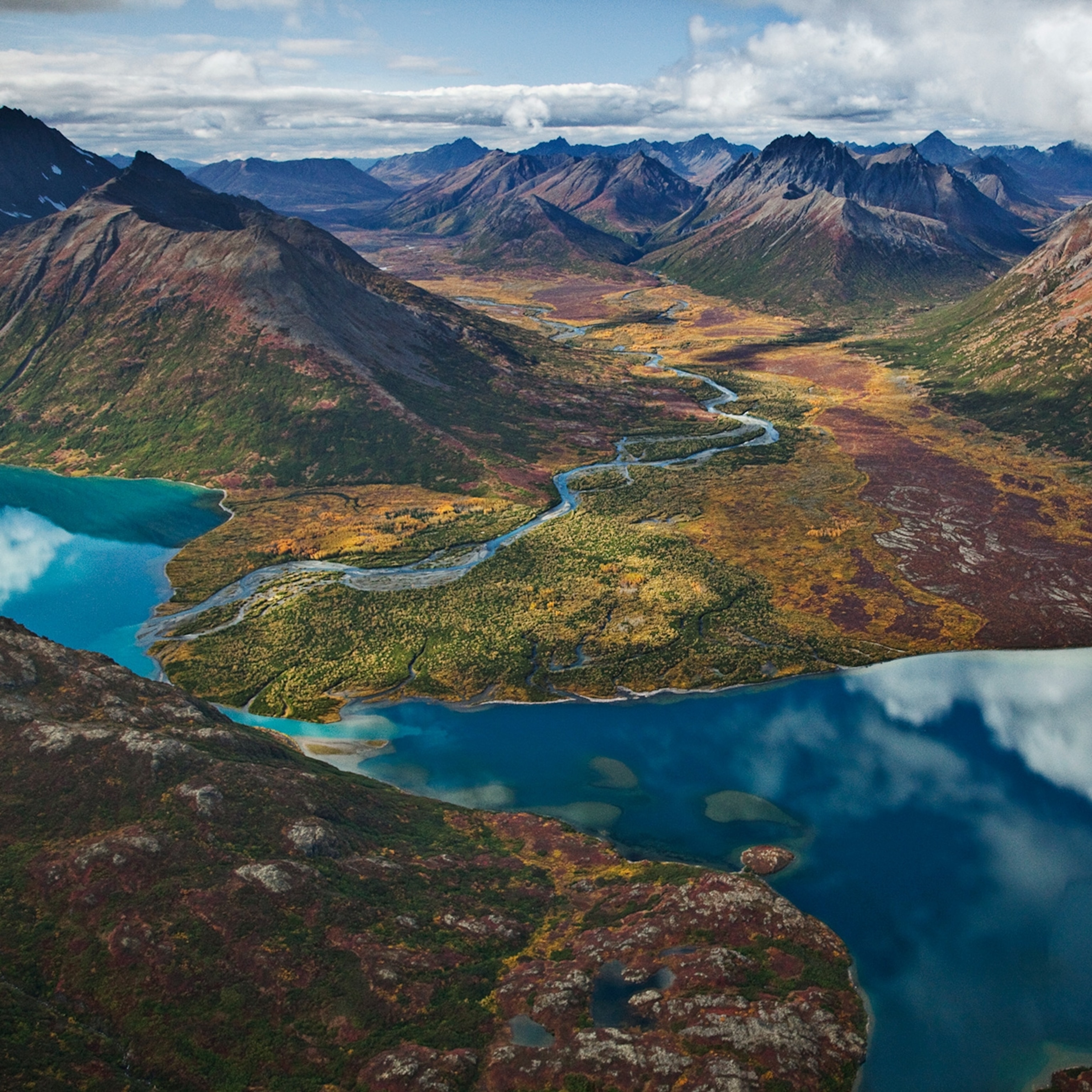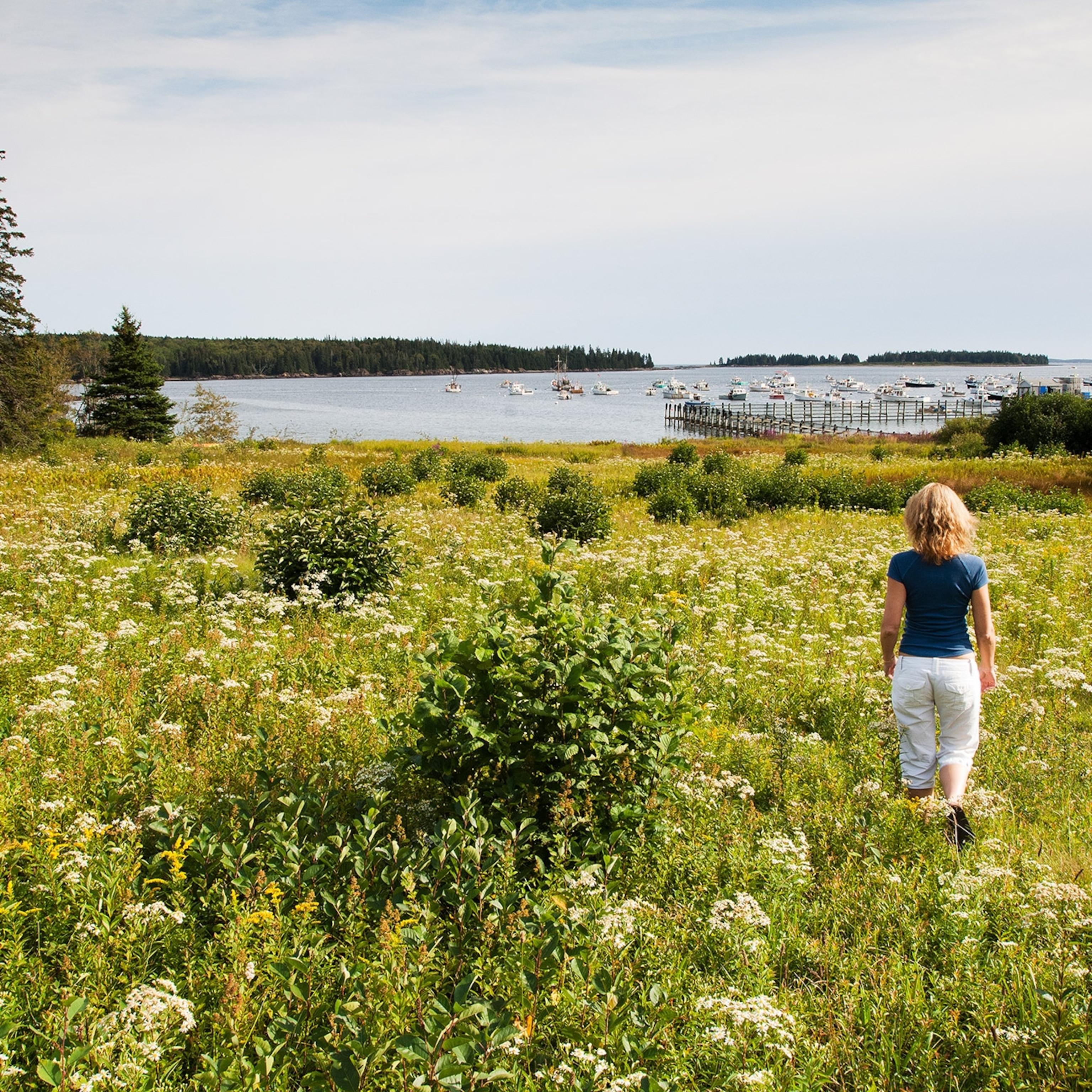Visiting Maine: Here’s what the locals love
Looking for the tastiest lobster shack or coolest crafts shops? National Geographic’s resident experts reveal their secret spots.
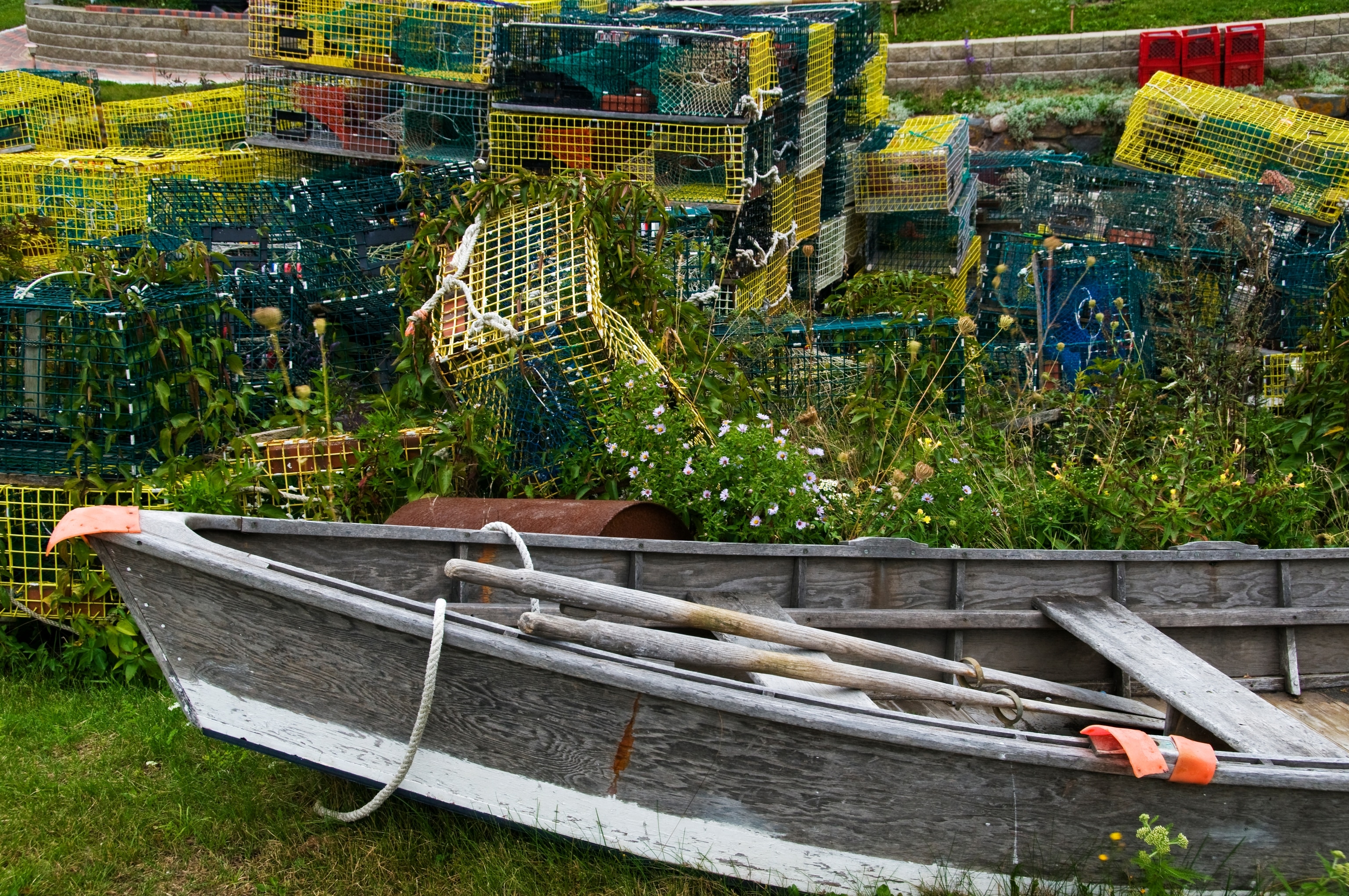
To help you explore Maine’s 33,215 square miles of loon-filled lakes and wild blueberry-covered mountains, we consulted local experts, including historians, marine researchers, chefs, and National Geographic photographers. Here are their top tips.
Feast at a Maine lobster shack
“The best lobster shacks keep to the staples, with maybe a few extras, and don’t try to do anything cheffy,” says Melissa Kelly, a James Beard Award winner and owner of Rockland’s Primo Restaurant. These simple, waterside joints generally serve the state’s famed crustaceans steamed or in lobster rolls (white bread buns spread with butter or mayo, then stuffed with meat).

Kelly’s favorite spot is McLoon’s in Spruce Head, with views of a working dock where lobstermen unload the day’s catch. Other good bets: The Lobster Shack at Two Lights in Cape Elizabeth, which also serves clam cakes at its bright red, oceanfront picnic tables, and Thurston’s, overlooking pretty Bass Harbor.
(Learn why Maine is experiencing a lobster boom—and why it might not last.)
Find artistic inspiration on Monhegan Island
Artists including Edward Hopper and Andrew Wyeth loved to paint amid Monhegan Island’s rugged hills, lobster-trap fences, and rustic cottages. Take a passenger ferry to this mostly pedestrian, cliff-edged isle 10 miles off MidCoast Maine. Local art historian Leith MacDonald recommends starting at Monhegan Museum. “It showcases art side by side with cultural objects, tools, and necessities for island life,” he says. On a day or overnight trip, you can also hike steep trails, climb the lighthouse tower, or tour the Rockwell Kent-James Fitzgerald House and Studio, with links to two American painters.
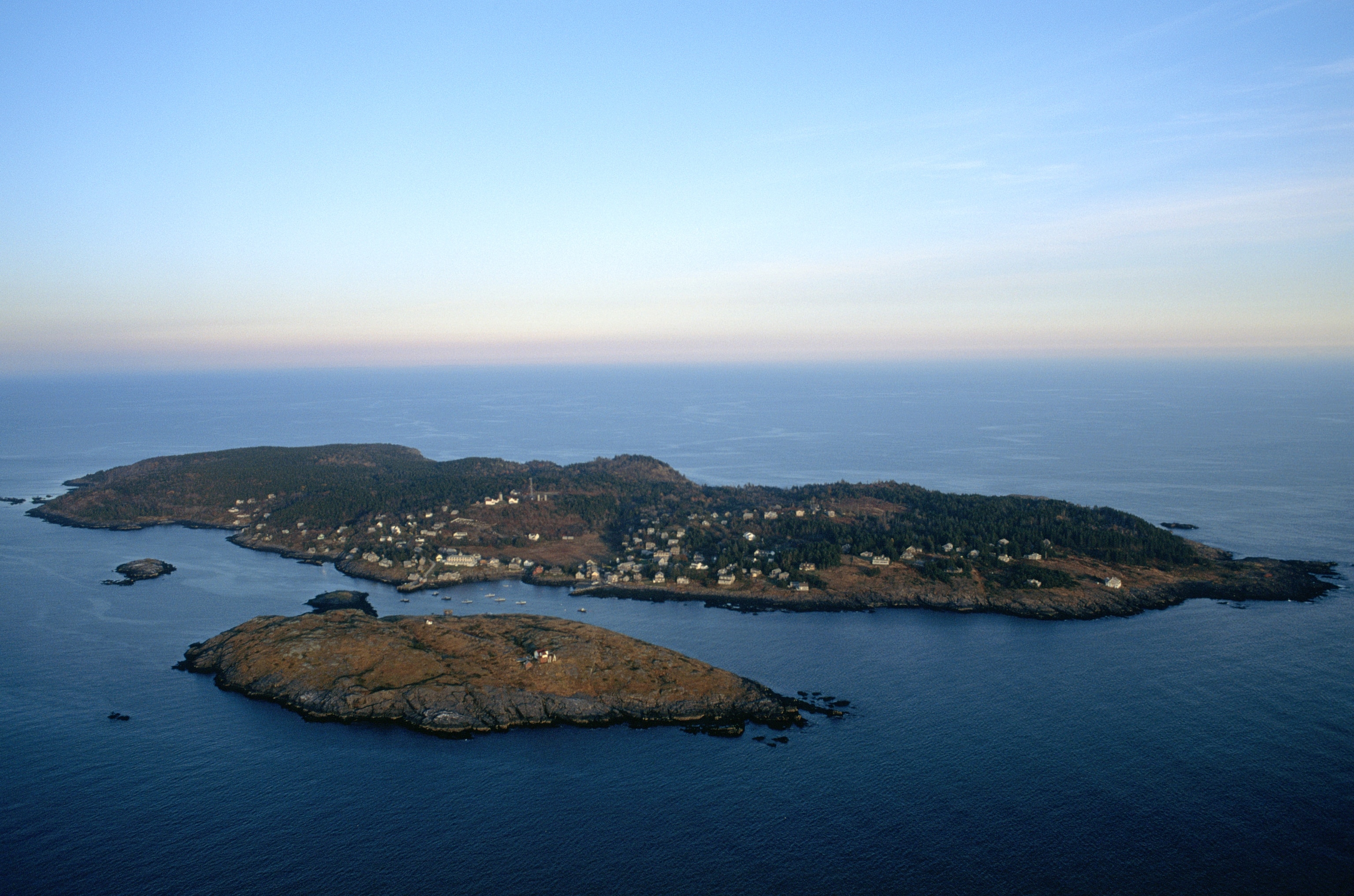
Explore the world’s former lumber capital
“Bangor once was the lumber capital of the world, and it all started with driving logs down the river,” says Chuck Harris, a Maine historian. In the late 19th and early 20th century, lumberjacks used rakes, small boats, or their own body weight to push “booms” (huge measures of pulpwood) down the Penobscot River towards sawmills.
(Discover what lumberjack tourism can teach kids about trees.)
They took breaks from the grueling, often deadly work at waterside “boomhouses.” Two of them—the Chesuncook and the Ambajejus—are open for self-guided tours where visitors spy vintage tools, simply furnished rooms, and birchbark canoes.
Wander the 100-Mile Wilderness
One of the Appalachian Trail’s most remote sections, the undeveloped 100-Mile Wilderness comprises mountains, lakes, ponds, and streams in central Maine. “It may be wilderness, but it’s accessible,” says Carey Kish, editor of the Appalachian Mountain Club’s (AMC) Maine Mountain Guide. “You can stay in comfort and still experience the beauty and magic of this place without backpacking.”

The trail stretches from Monson, an artsy village just south of Moosehead Lake, to Abol Bridge at the edge of Baxter State Park. The best way to immerse yourself? Stay overnight near the trail at the eco-lodges run by the AMC or the cabins of West Branch Pond Camps. The zone was designated an International Dark Sky Park in 2021.
Cruise aboard a Maine windjammer
Some of the world’s finest sailing waters skirt Maine’s Atlantic coast according to maritime historian and boat captain Doug Lee. That’s why the largest fleet of wooden commercial sailing vessels in the U.S. has its home port in Penobscot Bay. “From Boothbay Harbor to Mount Desert Island, harbors, coves, and bays offer protection from wind and wave action and provide secure anchorages,” says Lee.

To play sailor, book a guided afternoon or weeklong cruise on a multi-masted schooner from the Maine Windjammer Association fleet, then breeze by Camden’s hills and perhaps Acadia National Park’s mountains, anchoring beside fishing villages or undeveloped islands.
Try your hand at a Maine craft
“People in this area started crafting hundreds of years ago for survival, with Indigenous basketry, textiles, and wooden boatbuilding,” says Tammy Knight, program director for Maine Made, an organization that vets crafters and shops throughout the state. Much of the current makers scene is fueled by long-running schools where visitors can take classes. They include the Haystack Mountain School of Crafts (blacksmithing, ceramics) and the Center for Furniture Craftsmanship (wooden spoon carving, chair making).
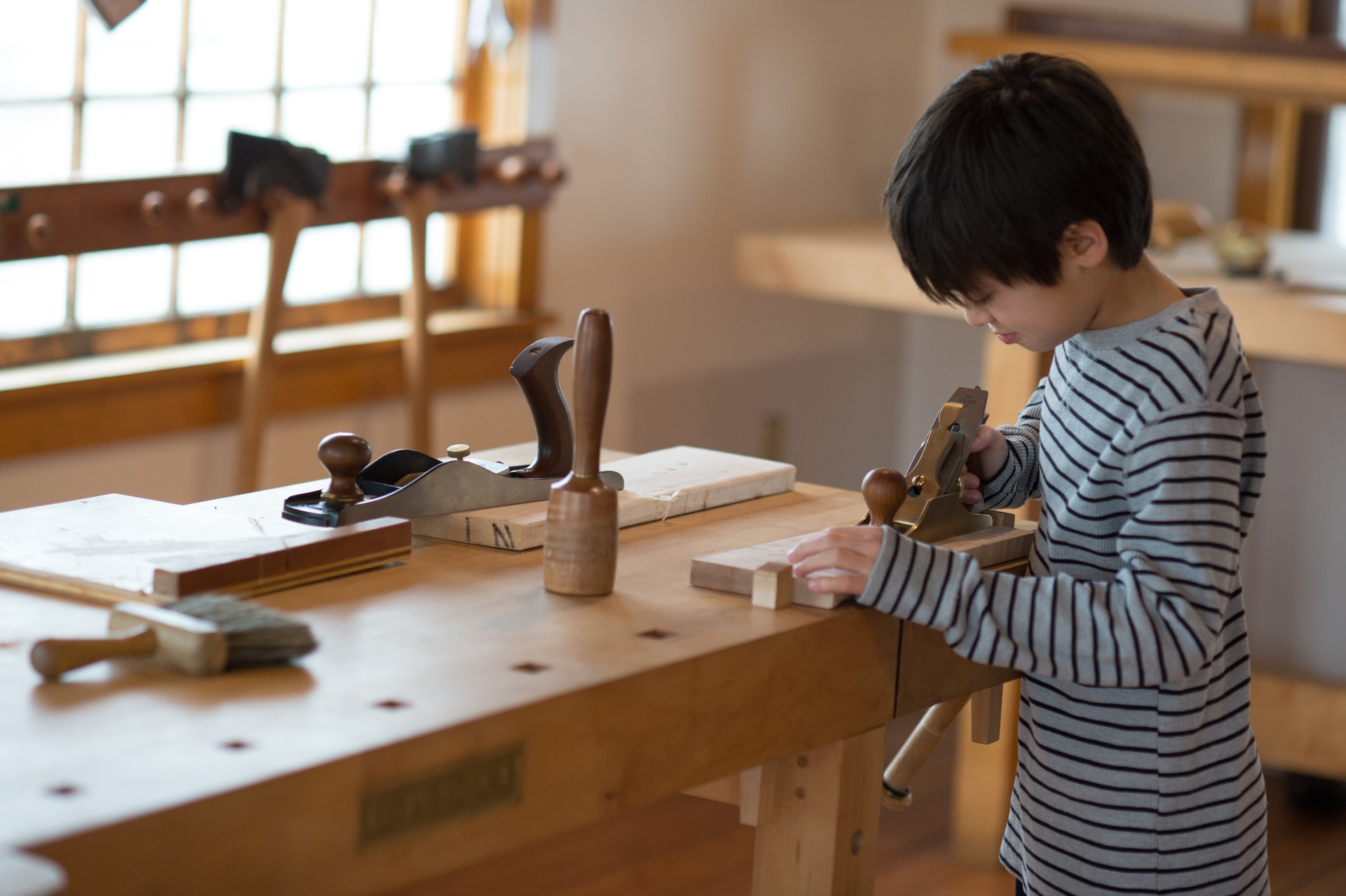
If you’d rather shop than turn a pottery wheel, visit Archipelago in Rockland or the Maine Craft Association galleries in Portland and Gardiner. At the latter, look for Anne Alexander’s sea creature-inspired ceramics and Indigenous Wabanaki baskets woven of sweetgrass and ash bark.
Go whale spotting
“Whales are scattered all along the Maine coast, but as you creep closer to the Bay of Fundy, you see a broader diversity,” says Dan Den Danto, research associate and director of the Fin Whale Catalogue for Allied Whale, a marine mammal research center in Bar Harbor. Visitors can see humpback, right, fin, and minke whales from May through October on ocean cruises from outfitters such as Portland’s Odyssey Whale Watch, Boothbay Harbor’s Cap’n Fish’s, and the Bar Harbor Whale Watch Co.
Explore the beauty of a bog
Yes, you can see moose or bears in Maine, but Saco-based National Geographic Explorer and cinematographer Katie Schuler focuses on tinier creatures, like the ones she finds at the Saco Heath Preserve. This peat bog environment is home to Hessel’s hairstreak butterfly, snowshoe hares, and hundreds of species of birds. A wooden boardwalk crosses the delicate preserve, where Atlantic pines and pitcher plants thrive in the peatland environment.
(For more tips on what to do in Maine, see our Maine Explorer’s Guide.)
“Visit here during any season, except for winter, and you will find a cornucopia of small treasures,” says Schuler.
Eat some wild blueberries
In 2022, Maine harvested over 78 million pounds of wild blueberries. Found in open fields along the coast, especially near Cherryfield, the tiny, sweet fruits are raked, picked, and sold between July and September. You can eat them in pies, jams, or just straight from a pint you pick up at a farm stand.
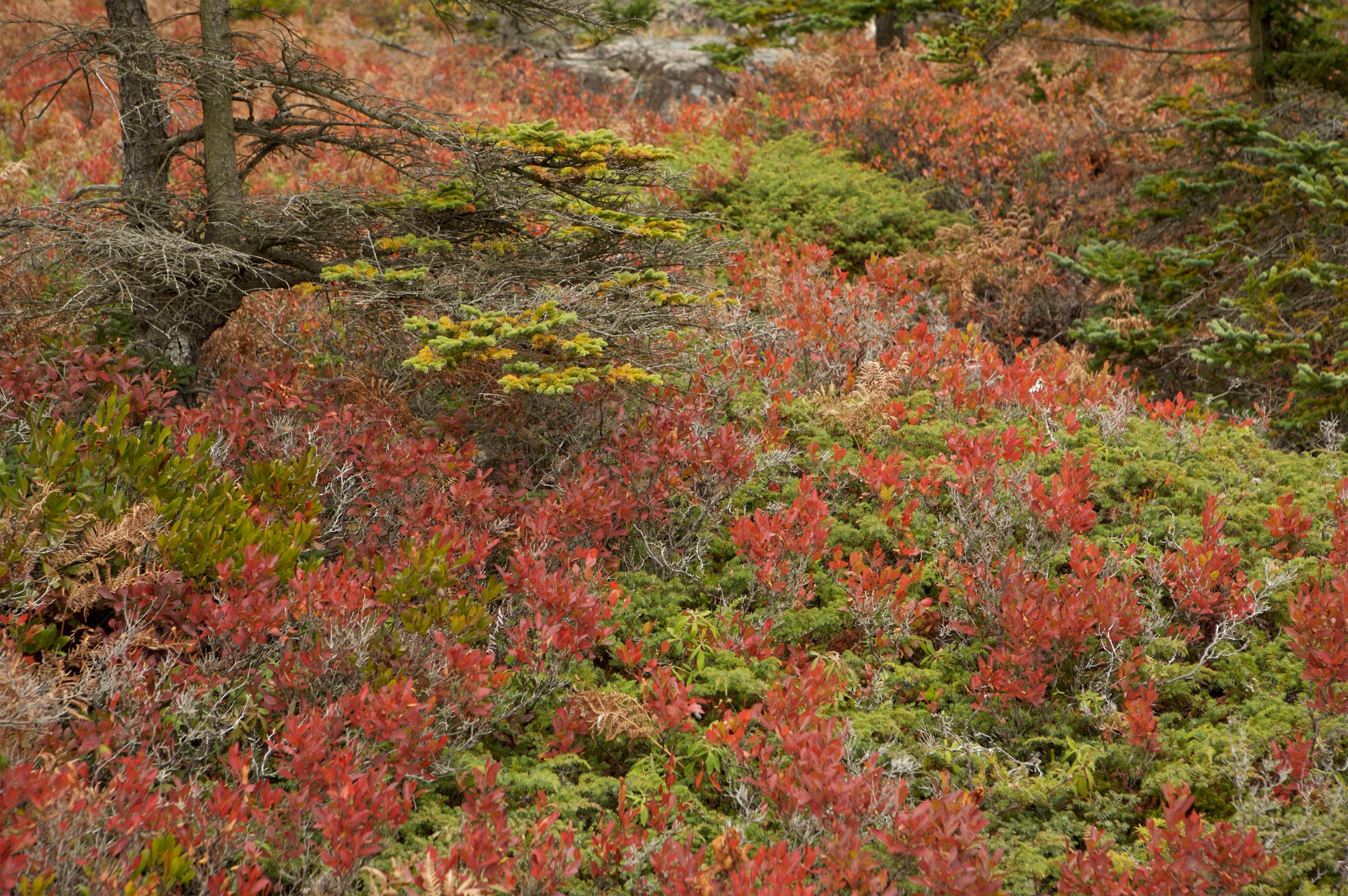
“Everyone who comes to Maine should visit a farm stand,” says Portland-based National Geographic photographer Greta Rybus. “We experience the seasons through their crops, we stay connected to the community through local growers.” The University of Maine has a database listing many of the state’s seasonal farm stands, but you can also simply drive down a country road and watch for the hand-lettered signs.
Matt Stirn is a writer and photographer who divides his time between Boston and Wyoming.
